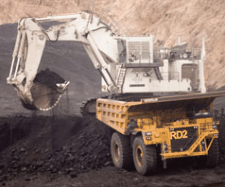
By Leith van Onselen
Yesterday afternoon, the Reserve Bank of Australia (RBA) released their preliminary index of commodity prices for the month of March. According to the release:
Preliminary estimates for March indicate that the index rose by 0.6 per cent (on a monthly average basis) in SDR terms, after rising by 1.2 per cent in February (revised). The largest contributors to the rise in March were increases in the prices of iron ore and oil. In Australian dollar terms, the index rose by 1.9 per cent in March.
Over the past year, the index has risen by 2.7 per cent in SDR terms. Much of this rise has been due to increases in the prices of coal, gold and oil. The index has fallen by 4 per cent in Australian dollar terms over the past year.
Below are some charts illustrating the state-of-play. Data is shown in both Australian Dollar terms and Special Drawing Rights (SDR) terms, which is calculated by the International Monetary Fund and based on a weighted basket of four currencies – US dollar, euro, Japanese yen, and pound.
First, the index level and 6-monthly moving average percentage change of all commodities, both rural and non-rural:
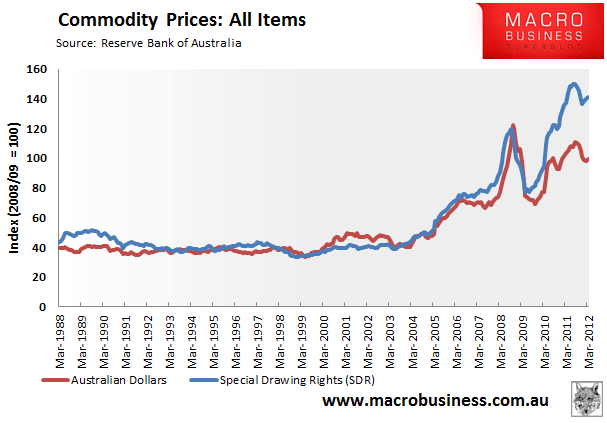
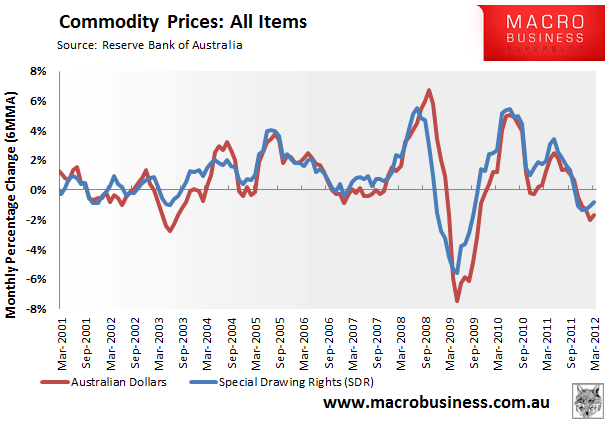
As you can see, overall commodity prices have begun to rebound – up 1.9% in March in Australian dollar terms – but remain -10% below their peak of August 2010.
Now consider the breakdown by component. First, rural commodities:
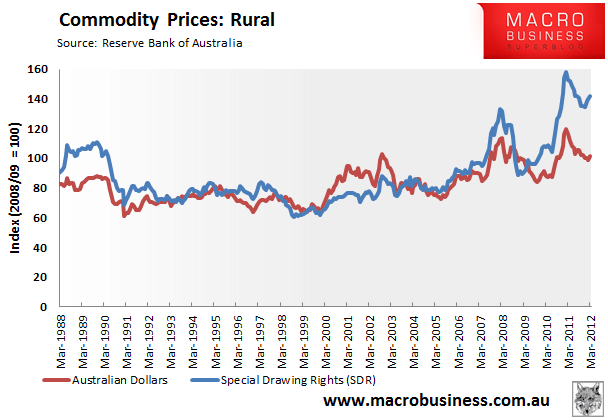
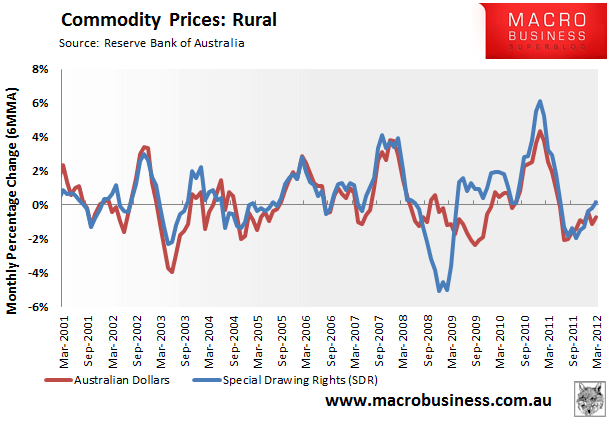
Rural commodity prices are also recovering – up 3% in March in Australian dollar terms – although they remain 15% below their peak level reached in February 2011.
Rural commodity prices also never rose as strongly as non-rural commodities (think iron ore and coal), as shown by the below charts:
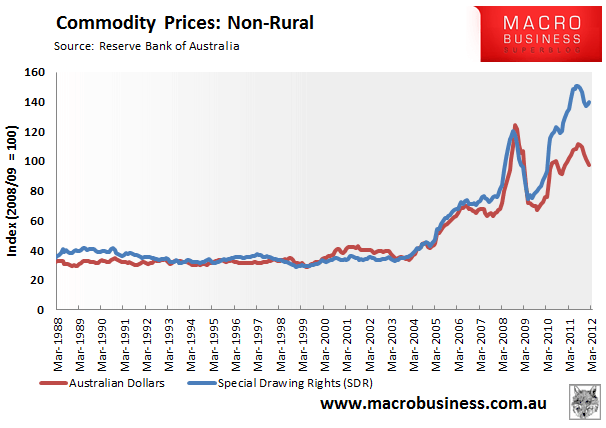
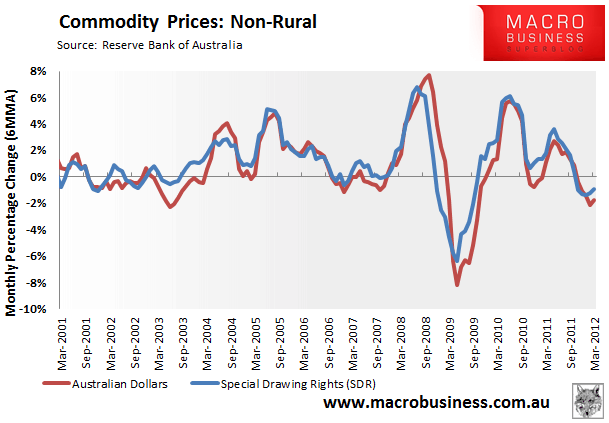
Non-rural commodities dominate the RBA’s commodity index. As a result, its movement tends to mirror the overall index, as is the case above. Like the broader index, non-rural commodities rose by 1.8% in March in Australian dollar terms, but remain -11% below their peak level reached in August 2011.
Finally, precious metals – a sub-set of non-rural commodities – had been falling quite sharply, down 13% since July 2011 in Australian dollar terms. Prices rose by 0.4% in March:
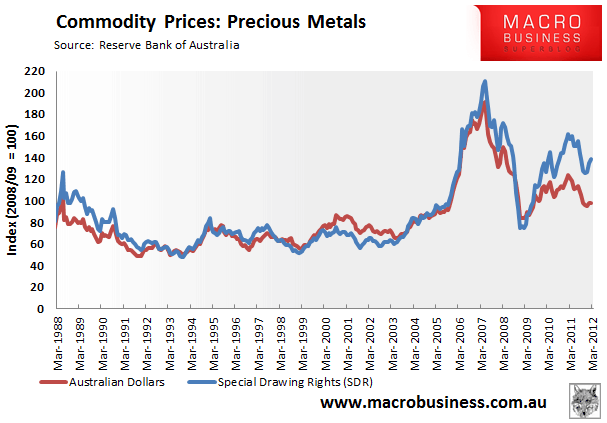
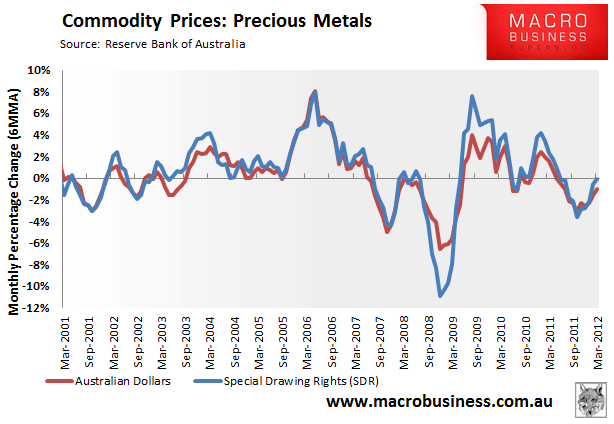
The ABS trade data for February, scheduled for release on Wednesday, will provide more colour on the performance of Australia’s key commodity exports – iron ore and coal. January’s trade balance was abysmal, adversely affected by a large decline in income from iron ore exports to China.

